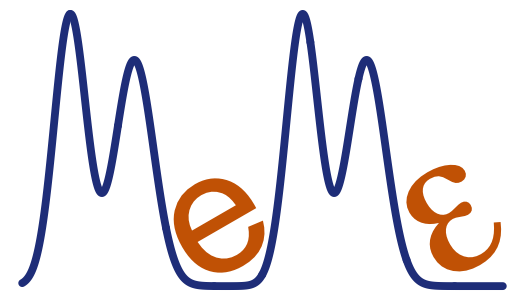I’m primarily a desk-based ecologist, which means I am reliant on the hard work of others to generate the data on which I work. I think all those in my position have a very healthy respect for the field workers who brave all kinds of adverse conditions to collect samples, and then put in the tedious hours ID-ing organisms, inputting data, cross checking and quality controlling, to deliver exceptional quantitative information to answer the fundamental ecological questions of ‘how many individuals of how many species occur at different points in space?’ The secondary step of large-scale synthesis and analysis often involves combining these kinds of data with information on environmental parameters, and this I think is where we can start taking the data for granted. We just assume that environmental data will be there – things like sea surface temperature, NAO index, or whatever. In recent years, remote sensing has contributed to a huge repository of environmental data, and again we are often guilty of taking this phenomenal resource of satellite-derived information for granted.
So, in an attempt to redress the balance, at least in part, I’d like to pay tribute to the Sea-viewing Wide Field-of-view Sensor (SeaWiFS) project, which has just ended as communication was lost with the spacecraft. SeaWiFS aimed to “develop and operate a research data system that will process, calibrate, validate, archive and distribute data received from an Earth-orbiting ocean color sensor”, and delivered in spades.
The Amazon rainforest is often referred to as the lungs of the world, but actually a large proportion of the global plant biomass is made up of marine phytoplankton, and so understanding how the distribution, abundance and photosynthetic activity of these microscopic marine plants varies in time and space is essential in order to understand the functioning of the earth system. As scientists, this fundamental understanding might be sufficient justification in itself for lauding SeaWiFS; but of course the questions become still more pertinent when we start to think about the carbon cycle in the context of global climate change.
So, since 1997 SeaWiFS generated data to “help clarify the magnitude and variability of chlorophyll and primary production by marine phytoplankton, and to determine the distribution and timing of spring blooms, i.e., the time of highly abundant growth.” Initially expected to last for 5 years, the mission went on and on delivering these vital data for over 13 years. A quick ISI search reveals 1686 publications (for fans of the h index, 58 of the 1686 papers have been cited ≥58 times), testifying to the scientific value of this project. As is typical of NASA, data availability is second to none, and there’s some great summaries of SeaWiFS highlights online. But the brief testimony of Gene C. Feldman from NASA brought home to me that the physical reality of space-based Earth observation is every bit as challenging and inspiring as the ecologist sifting through sediment samples on board a pitching vessel:
The end of an incredible era. I am very sorry to have to report the news that after nearly two months of intensive research and numerous attempts at communication with the spacecraft, GeoEye has determined that the SeaWiFS mission is no longer recoverable. While this is certainly not the outcome that we were all hoping for, the international scientific community certainly could not have asked for a more tenacious little spacecraft and instrument that has served us so well for the past 13+ years. Not bad for a spacecraft and mission that so many people thought would never get off the ground let alone make it through the projected 5 year mission life. We will be putting together a little feature this week on the OceanColor website about this wonderful little instrument but I wanted to pass along a couple of photographs that gave us our last look at the spacecraft and instrument as it was being prepared for launch on a hot summer day back in August 1997. Thanks to everyone for all their incredible support over the years and I have no doubt that this data set will continue to provide new discoveries and insights into the workings of this incredible planet that we call home. With my very best regards, gene
